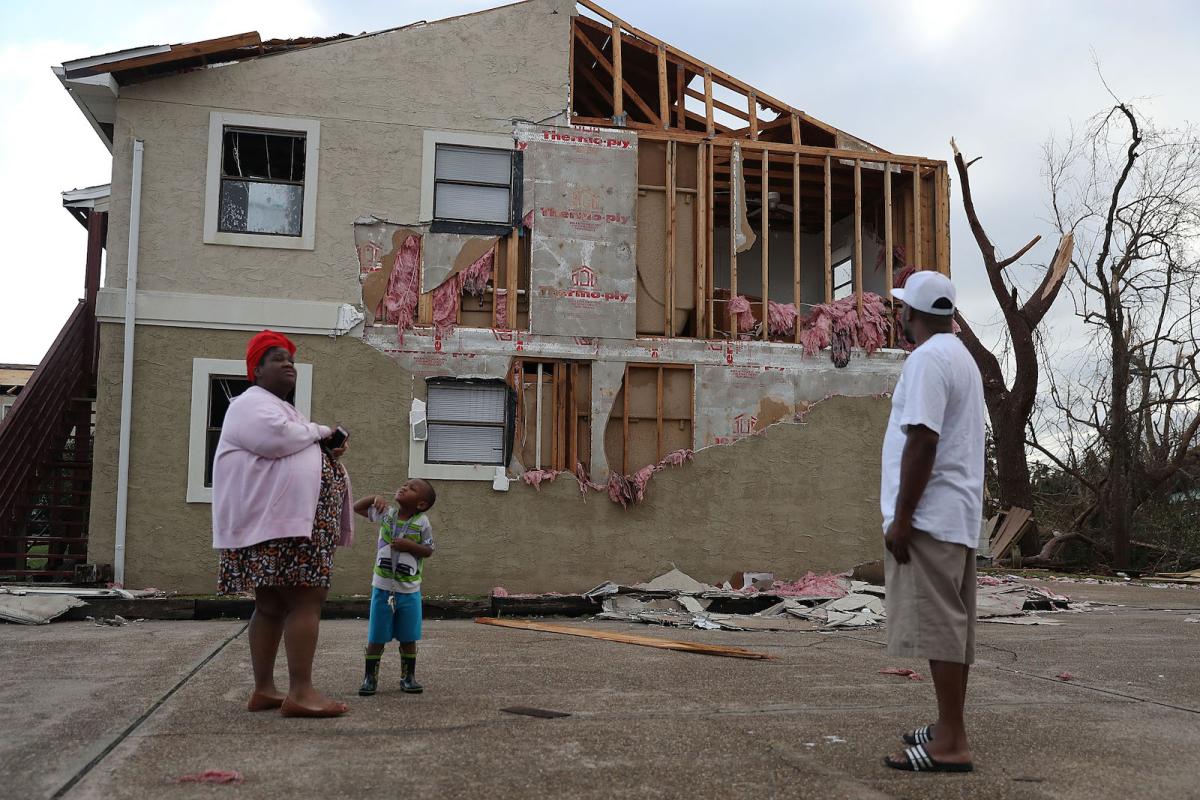This piece originally appeared at Inside Climate News. It is republished with permission.
Patricia Roundtree expected that the hurricane that was about to slam the Florida Panhandle in October 2018 would be a close call, like so many other storms over the years that had skimmed over her neighborhood in Panama City but never hit directly.
But Hurricane Michael was different, rapidly intensifying over the Gulf of Mexico and walloping Panama City with violent 155 mph winds that catapulted homes, shattered car windows, and tossed trees up into the sky. The first Category 5 hurricane to make landfall on the U.S. mainland since 1992, Michael left Roundtree’s home in ruins.
“It was the most frightening thing I’ve ever seen,” said Roundtree, 56. “When you’re really in the middle of something like that you get the full grasp of what nature can actually do.”
Since the hurricane, the Federal Emergency Management Agency, or FEMA, and other federal agencies have injected over $3.1 billion in funds to help residents recover, in the form of loans, grants, and flood insurance payments. Hundreds of millions more have been made available by the... Read more
